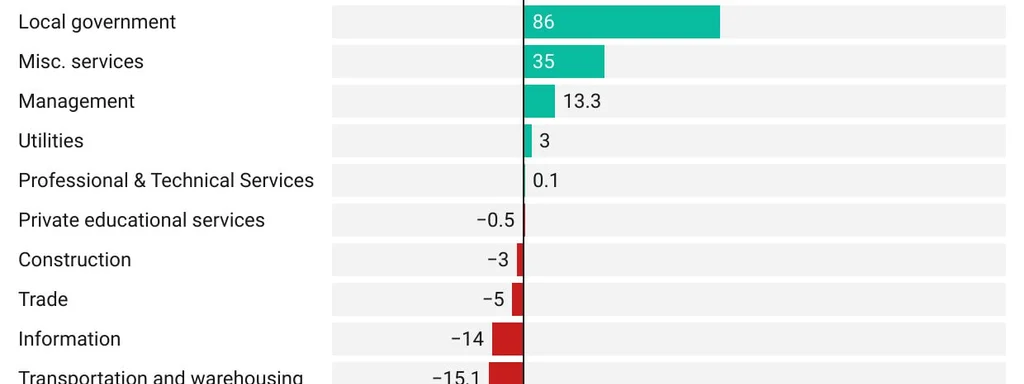In a striking trend, nearly all job growth in the United States over the past six months has occurred in the healthcare, eldercare, tourism, and local government sectors. This surge contrasts sharply with declines in nearly every other industry.
According to recent data from the Bureau of Labor Statistics, the healthcare sector alone accounted for approximately 80% of the new jobs created, driven by an increasing demand for medical services and eldercare support. Local government employment has also seen a modest uptick as municipalities expand services to meet the needs of their communities.
While these sectors thrive, many traditional industries such as manufacturing and retail continue to contract, contributing to a complex labor landscape. The shift reflects broader demographic changes, including an aging population and a growing emphasis on service-oriented jobs. As previously reported, these trends have prompted discussions on how to effectively train the workforce for the evolving job market, with some policymakers advocating for importing experts to enhance U.S. training programs in technology and other fields. For more details, see recent developments in workforce training.
The implications of this employment shift are significant. With healthcare and eldercare jobs projected to grow further, the demand for skilled workers in these fields will likely intensify, impacting educational and training programs nationwide. As the economy adapts, stakeholders will need to navigate these changes to ensure a sustainable workforce for the future.








